5 Strategies for Optimizing Advertising Infrastructure
This article was sponsored by AdButler. Thank you for supporting the sponsors who make SitePoint possible.
Online advertising is evolving, becoming more complicated than ever. Today’s advertisers are looking for more effective campaigns with detailed statistics, tracking and targeting.
This new world of online advertising requires the right tools for the job. Gone are the days of simple “Ad Rotators”; today’s campaigns demand the use of a full featured ad server. If you’re not using one you may be leaving money on the table.
Just as airlines use advanced booking software to maximize their revenue, top publishers use third-party ad servers such as AdButler.
Here are five strategies will start you off on the right foot when it comes to optimizing your advertising infrastructure.
Strategy #1 – Experiment with Advanced Banner Concepts
The days of simple pop-ups are long gone. Much like television commercials, they go unnoticed by the vast amount of consumers because of their overuse and familiarity.
In fact, according to a 2013 study by Infolinks on the subject of banner blindness, 60% of respondents couldn’t remember the last display ad they viewed, and just 14% of respondents remembered the name of the company being advertised.
Considering the millions of dollars poured into these advertisements, that’s pretty depressing – especially if you consider that these statistics have likely only gotten worse in the two years since the study was completed.
If you want to make an impact, you’ve got to stand out from the crowd.
Today’s advanced banner concepts drive higher engagement levels because they offer something new that catches the consumer off guard. A few ideas to start experimenting with include:
Homepage Takeovers:
A homepage takeover is exactly what it sounds like – an arrangement for an advertiser’s banner to takeover the homepage of a brand.
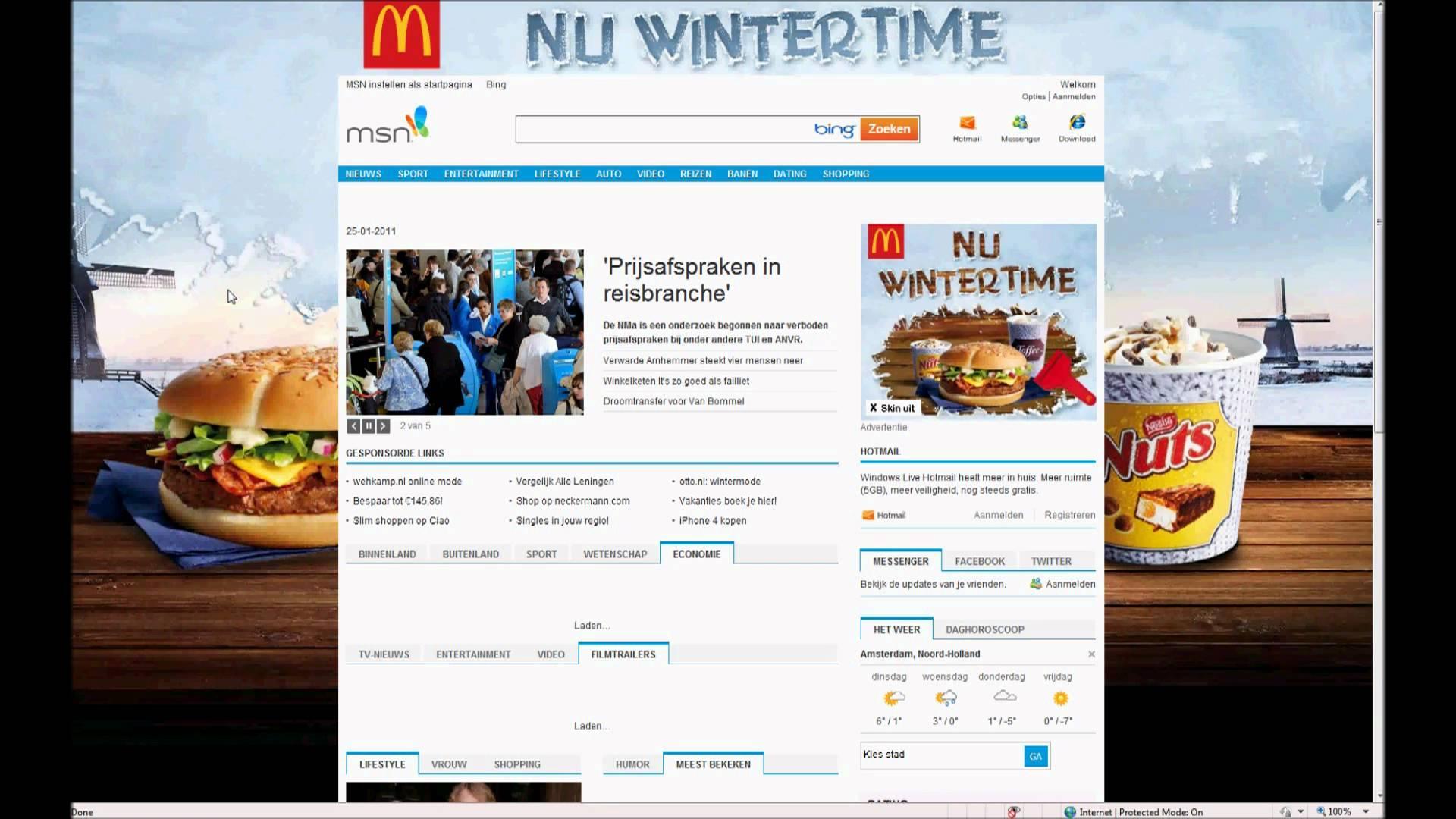 (source)
(source)
Anytime you click the background image, it takes you to a link for the advertiser. These concepts require a heavy budget and immense creativity. But it’s worth trying if you think you’ve got the chops to make it work.
Roadblocks:
Want to bombard people with your message so they have no other choice than to listen? Well, then you may want to try a roadblock.
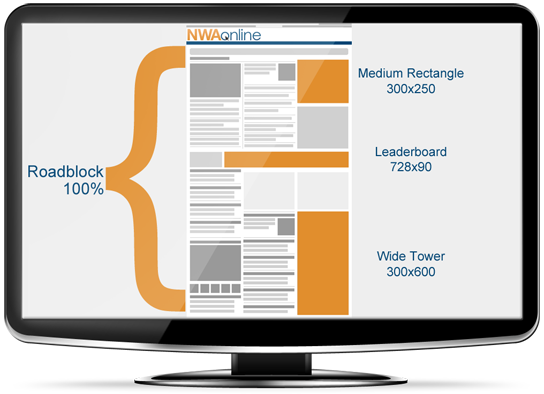 (source)
(source)
It’s a simple practice: buy up all the available ad space and share your message. You’ve probably seen this used before by the entertainment industry when it comes to promoting things like new movie releases.
Rich Media Applications:
These types of ads offer endless possibilities for advertisers. They’re often seen on mobile platforms as an immersive way to engage the audience.
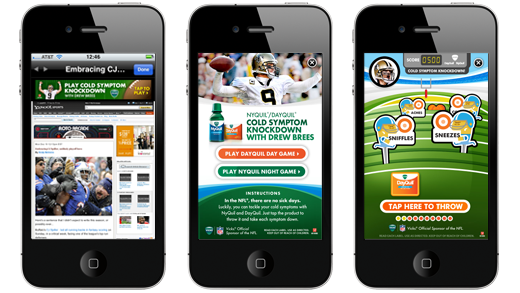 (source)
(source)
But rich media applications aren’t reserved just for mobile. They can be applied across all forms of digital media to create a great interactive experience.
AdButler has excellent support for rich media applications and other advanced tools like Video Ad Serving Templates.
Exit-Intent Pop-ups:
When someone is about to leave the page, an exit-intent pop-up grasps for the last ounce of their attention.
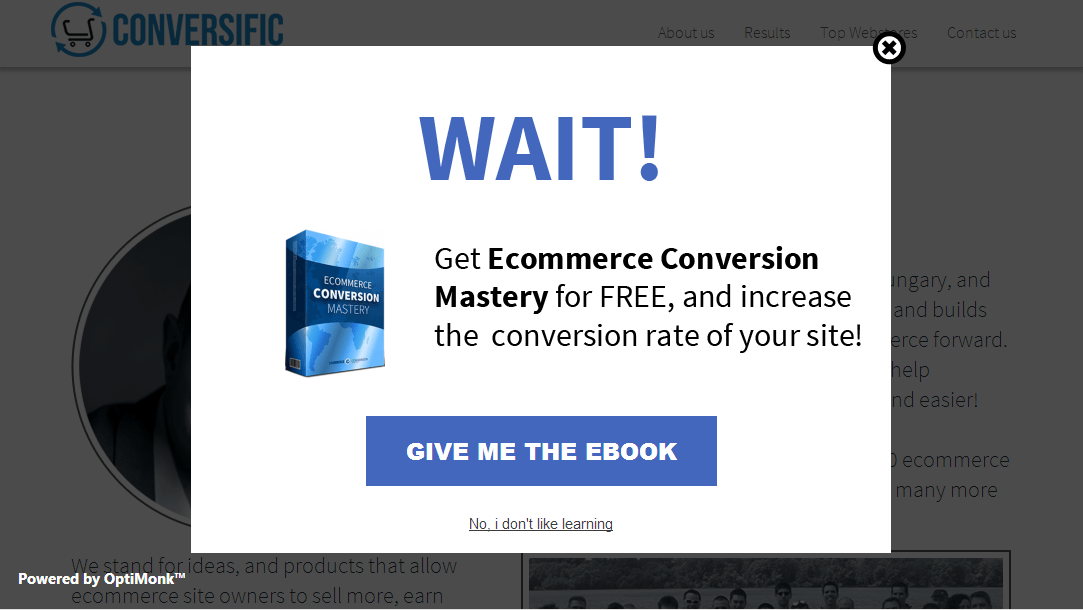 (source)
(source)
And they often convert pretty well too. OptiMonk, an exit-intent pop-up provider, estimates that, on an average ecommerce website, these messages can drive:
- Sign-up rates between 3-5%
- Sign-up rates of 10% or more when an incentive (like a free ebook, special report or coupon) is included
- Conversion rates of 9-10% when incentives are offered
We’re working in a very dynamic era of marketing. It’s up to you to new concepts and formats to see what works best for your publishers.
Strategy #2 – Test to Reveal High Performing Ad Units
A/B and multivariate split tests are a publisher’s best friend. Well, they’re everybody’s friend in the digital marketing world – but they’re of particular interest to those running advertising infrastructures.
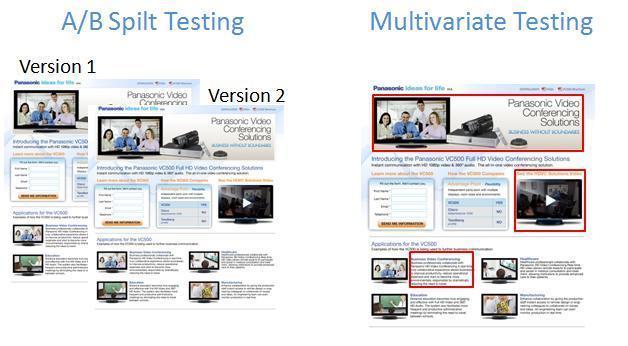 (source)
(source)
Traditional A/B testing revolves around deciphering the best of two specific options. Most of the time, only one small detail of the page is changed to measure results.
But multivariate testing embraces testing various components at once, allowing for faster results – and faster profits for advertising providers that embrace this protocol.
In advertising, you can use this testing methodology to measure the performance of various components in your execution. Whether it’s testing different banner types or switching out entire ad units, this strategy will help you optimize and maximize revenue.
Strategy #3 – Target Advertisements Based on Site Interactions
A successful ad starts with targeting. The more targeted you can make a publisher’s advertisements to a user’s experience, the more effective they’re going to be.
It’s just that simple.
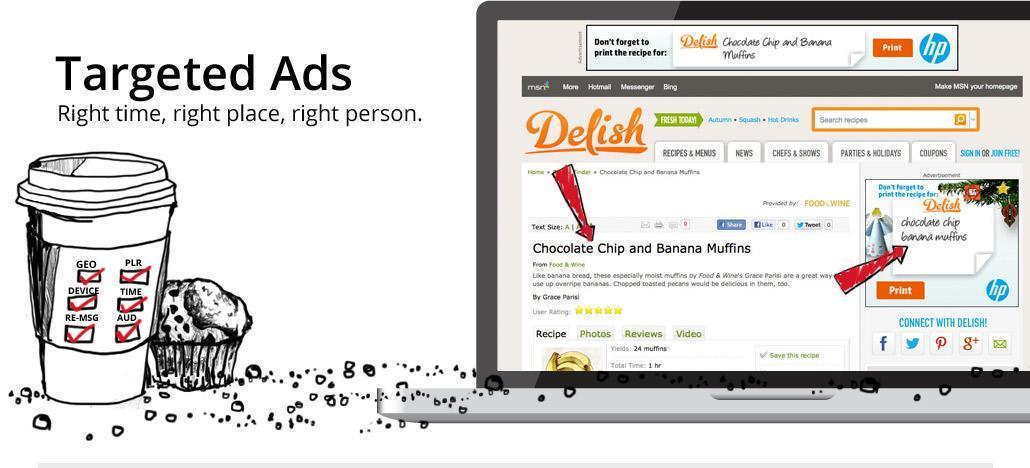 (source)
(source)
Everything in the online world must consider the user. Marketing has gotten immensely personal as things like social media have gained popularity.
Take your advertising infrastructure beyond basic geographic and site/zone targeting. Increase the overall user experience by using targeting options like on-site behaviors, on-site interactions and device.
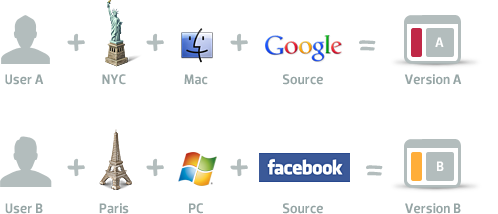 (source)
(source)
You’ll be amazed at what this level of targeting can open up for you by allowing brands to present relevant ads to their readers – something that’s incredibly important in this day and age.
Strategy #4 – Increase Page Performance With Asynchronous Ads
Everyone loves a win-win scenario. And that’s exactly what these types of ads provide for advertisers and consumers alike.
Running asynchronous ads improves site load times and reduces server load. This means things run smoother and faster – something everyone can appreciate.
Even Google AdSense is getting on board. Here’s a look at the new asynchronous AdSense script:
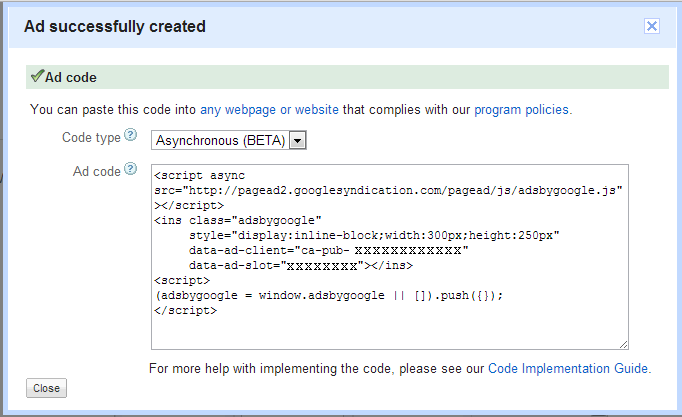 (source)
(source)
When a user feels happier about the ad, you’ve done a good thing. Try it out and see if your network’s ads perform better when loaded this way.
Strategy #5 – White Labeling Your Ad Network
Building an ad network across a relevant industry vertical creates enormous opportunities for publishers. A collective niche network under a white label brand gives you a tremendous amount of combined clout – and that means more bang for the buck.
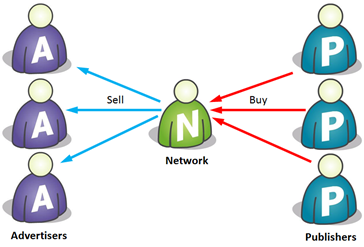 (source)
(source)
Take Speedway Benefits as an example…
Founded by Humpty Wheeler, a legendary NASCAR promoter, the company set out with a single goal in mind: to create an effective marketing channel for connecting the nation’s estimated 18 million grassroots racing fans with the sponsors and promoters that are eager to capture their attention.
To date, the company works with 350 advertisers to establish a presence at more than 7,000 events with an estimated 28,000 competitors. It’s a simple concept, but it’s one that could only be achieved with the power of white labeling.
When you have greater clout, you can approach advertisers to negotiate a higher payout. And because their campaigns can display throughout your network, they’ll love the increased exposure, as a larger space means more people seeing the ads – which ultimately translates to an increase in revenue for both publishers and advertisers.
Not all advertising infrastructure providers offer white labelling, but if it’s a feature you’re interested in, you should look into AdButler’s offering.
Summing Up
As I’ve explained, new technologies can help with to optimize your advertising infrastructure. The five strategies I’ve outlined above can bring enormous benefits. From targeted advertising to advanced banner concepts, even to white labelling your ad network, these strategies are proven and successful.
A high-quality ad serving solution, like AdButler, can support all of these strategies, along with the rock-solid performance and scaling abilities you can rely on as you grow.
Optimizing your advertising infrastructure is a necessary part of staying current in the age of Big Data. Will you use these strategies to help you get started in the process? Share your thoughts and plans in the comments below!